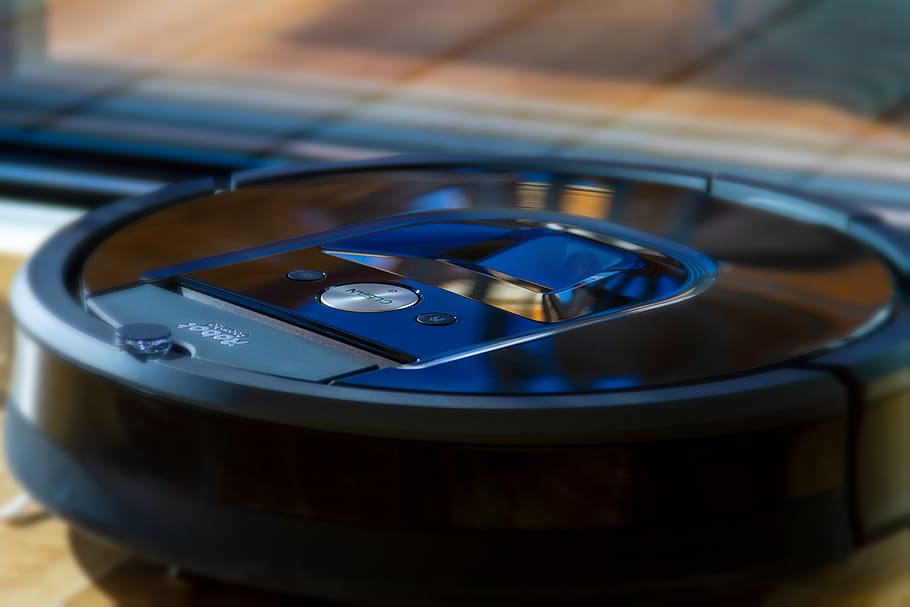
FAQ About Robot Vacuum Cleaner

How does a robot vacuum cleaner know when it's finished cleaning?
A robot vacuum cleaner usually knows when it's finished cleaning in a few different ways, depending on the model and features. Here are some of the most common ways that a robot vacuum cleaner might determine that it's done cleaning:
Time-based cleaning: Some robot vacuum cleaners will simply clean for a set amount of time before returning to their charging dock. This means that they don't necessarily "know" when they're finished cleaning, but they stop because they've reached their time limit.
Mapping and navigation: Higher-end robot vacuum cleaners with advanced mapping and navigation capabilities will be able to determine when they've cleaned the entire area that they've been instructed to clean. They may also have sensors that can detect when they've reached the edge of a room or other boundary, so they can be sure that they've cleaned everything within that area.
Dirt sensors: Some robot vacuum cleaners have dirt sensors that detect when they're picking up more dirt or debris than usual. When the sensors stop detecting dirt, the robot vacuum cleaner may assume that it's finished cleaning.
Virtual walls: Robot vacuum cleaners that come with virtual wall features can be programmed to only clean within a certain area. Once they've finished cleaning that area, they'll stop and return to their charging dock.
Scheduled cleaning: If you've scheduled your robot vacuum cleaner to clean at a specific time, it will simply stop cleaning and return to its charging dock once it's completed its scheduled cleaning cycle.
